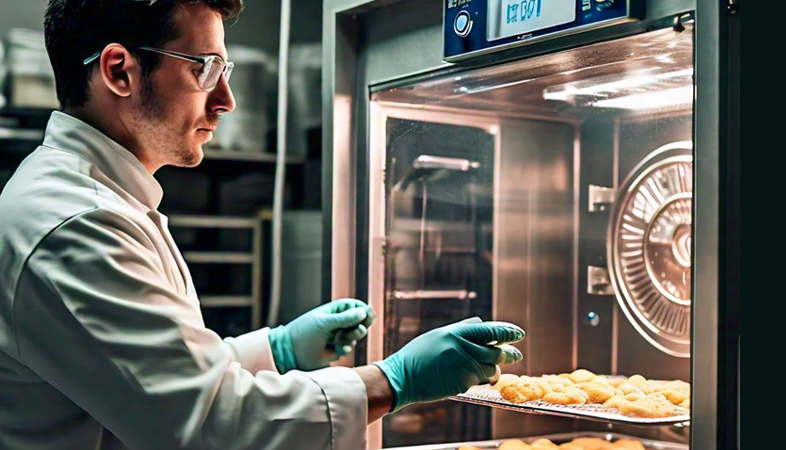
Despite these challenges, freeze-drying at home offers an exciting and effective way to preserve food.
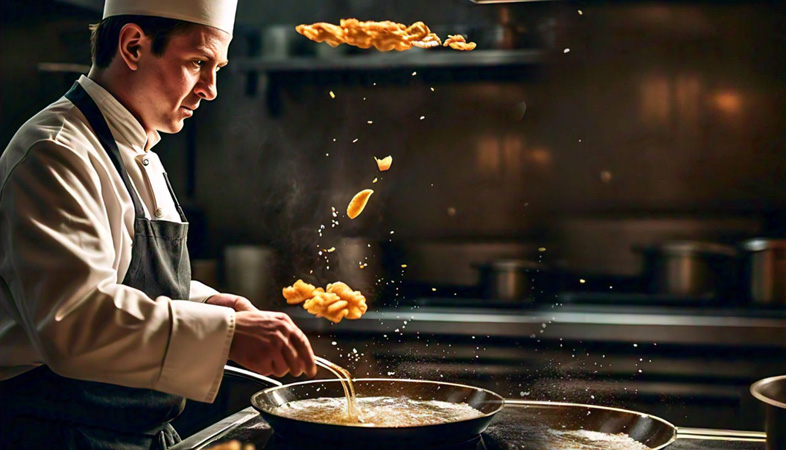
By understanding the principles of flash frying and its benefits, you can enjoy your favorite crispy dishes with less guilt.
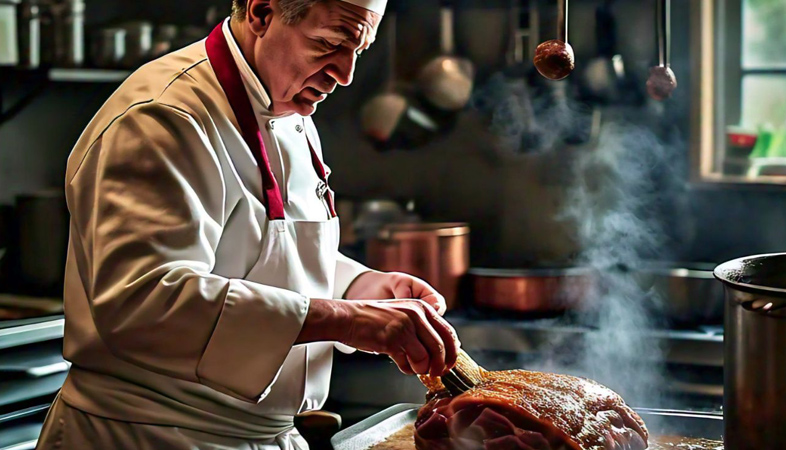
Let’s break down each technique and explore how they compare in flavor, texture, and ease of use.
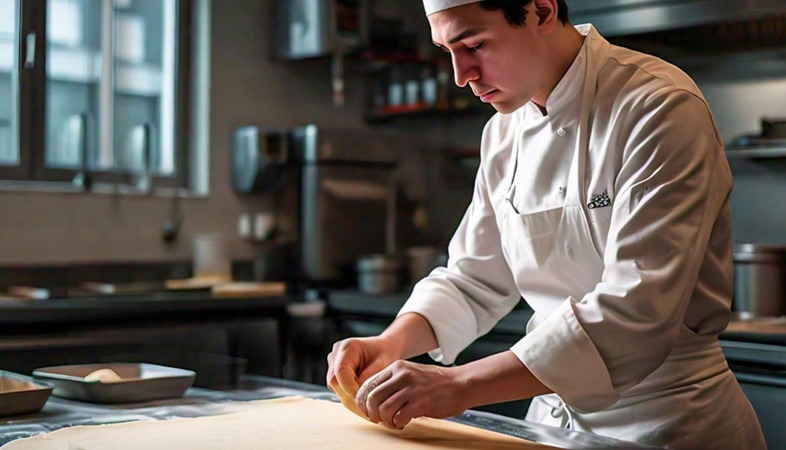
While mastering lamination can be challenging, it’s essential for any baker looking to achieve the perfect croissant or Danish pastry.
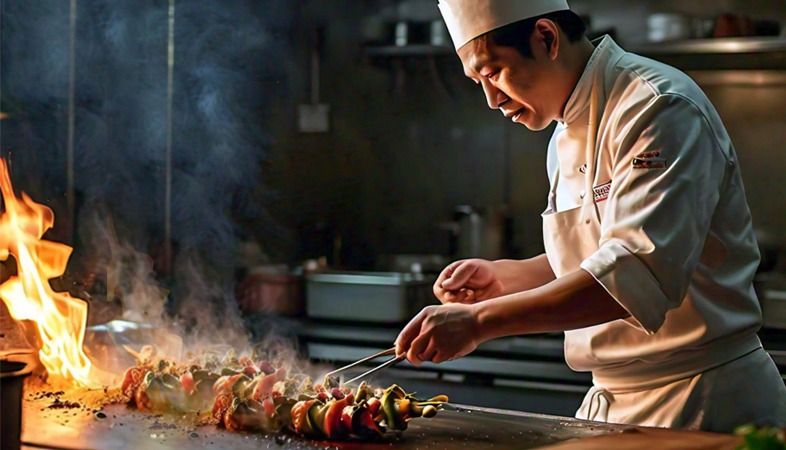
This guide explores how to make the most of each season’s bounty by using roasting techniques that bring out the best in every ingredient.
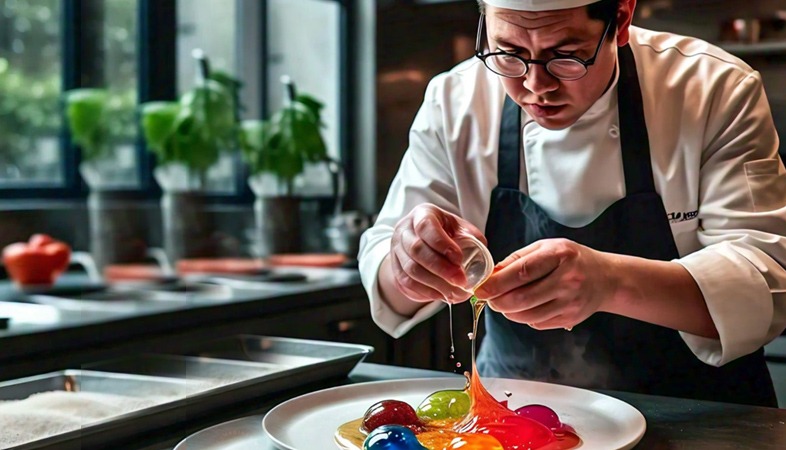
This technique is a staple in molecular gastronomy, allowing chefs to create innovative textures and presentations that elevate dining experiences.
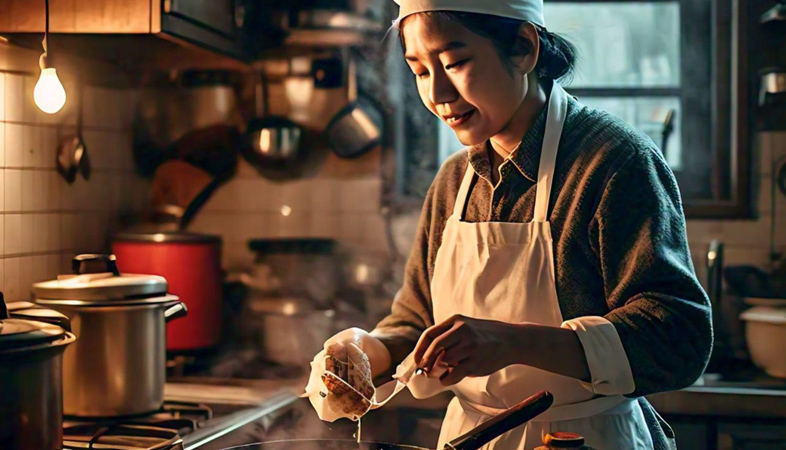
Exploring the art of cooking with tea opens up a realm of possibilities, allowing for innovative culinary creations that surprise and delight the palate.
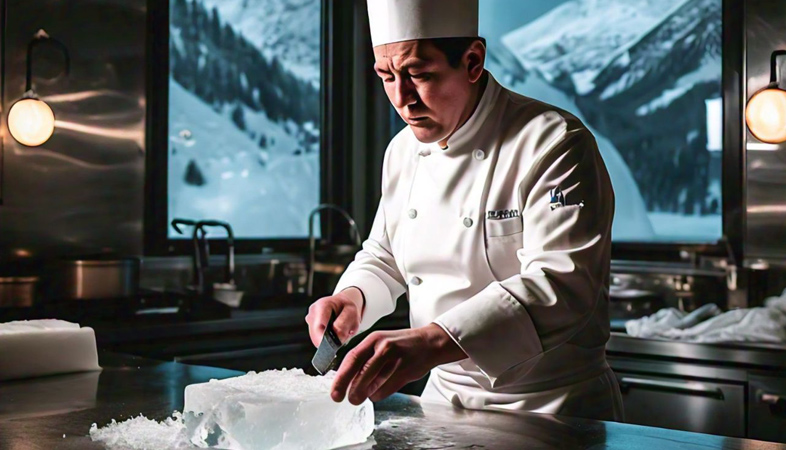
Whether used to flash-freeze ingredients, create moisture during searing, or manipulate textures, ice opens up a world of possibilities in cooking.
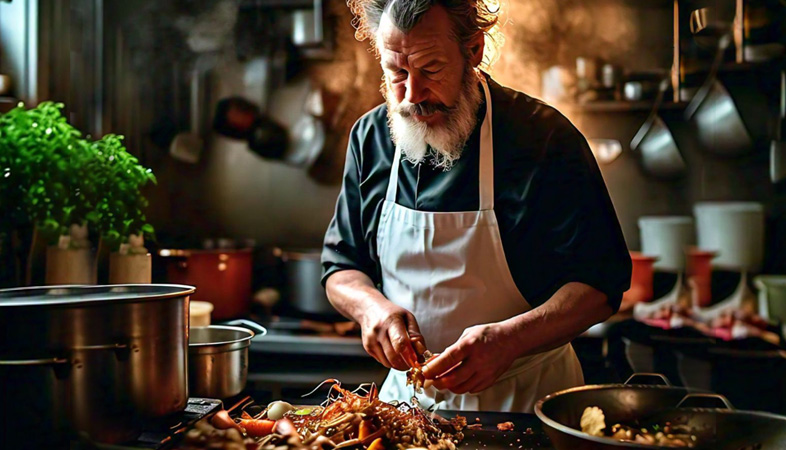
A major component of this shift involves reducing food waste by utilizing parts of ingredients that were once discarded.
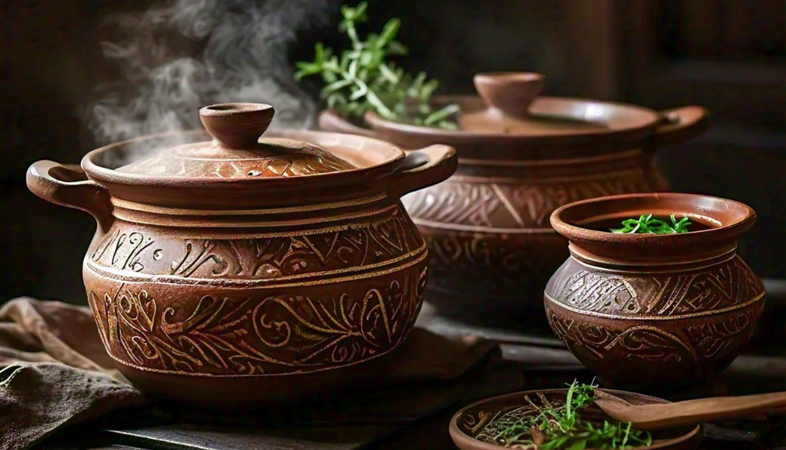
Among these, cooking with clay, particularly in earth ovens, stands out for the rich, earthy taste it imparts to food.
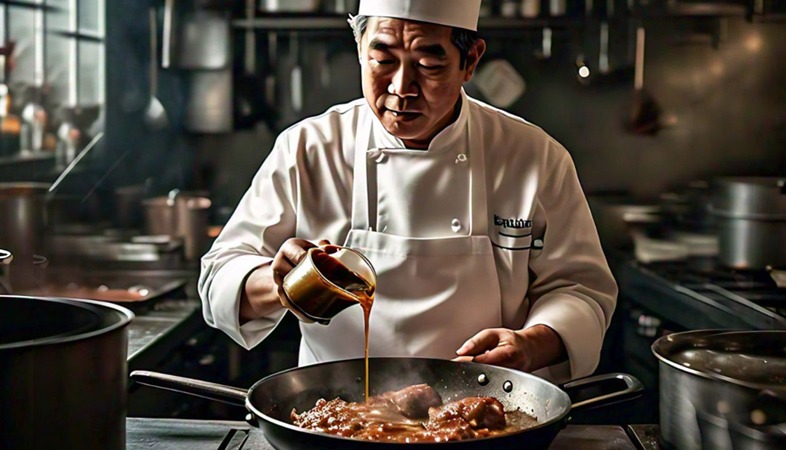
Some chefs prefer not to salt broth at all until it’s used in a recipe, which allows for greater control when cooking with it later.

Cooking in parchment paper is a French culinary technique that excels in delivering flavorful and tender dishes through gentle steaming.
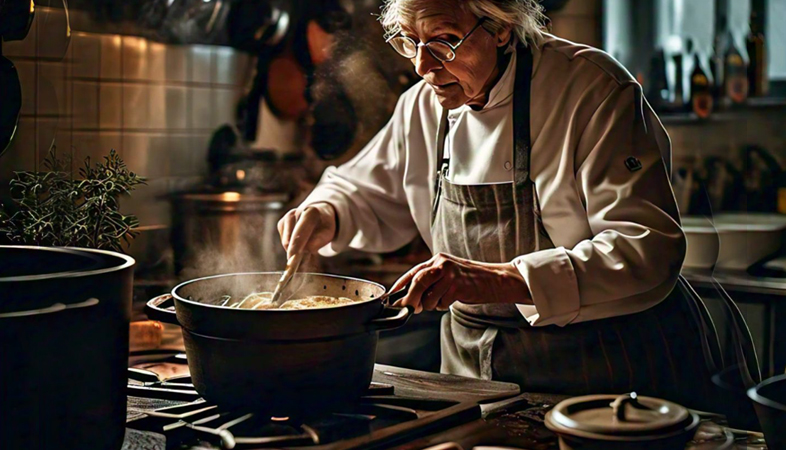
The beauty of cocotte cooking lies in its simplicity and the way it enhances the natural flavors of the ingredients, resulting in meals that are both comforting and delicious.
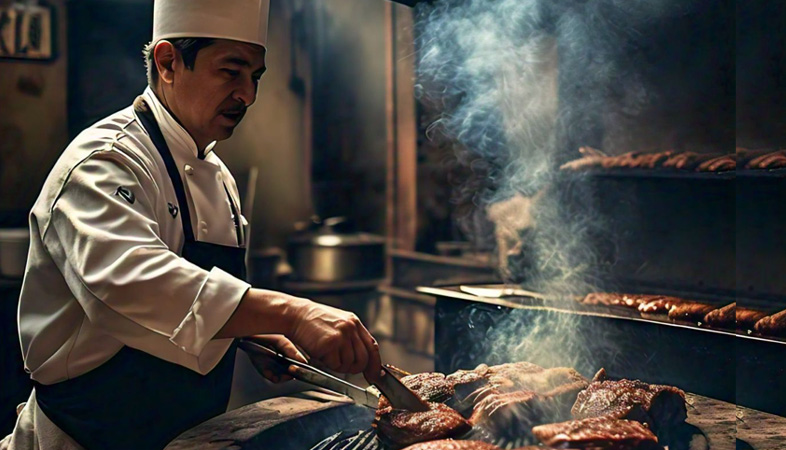
Known for its deep, smoky essence, charcoal infusion is transforming how chefs and home cooks approach flavoring their meals.

This journey begins with finding the perfect recipe that encapsulates the essence of your brand while tantalizing the taste buds of your clientele.
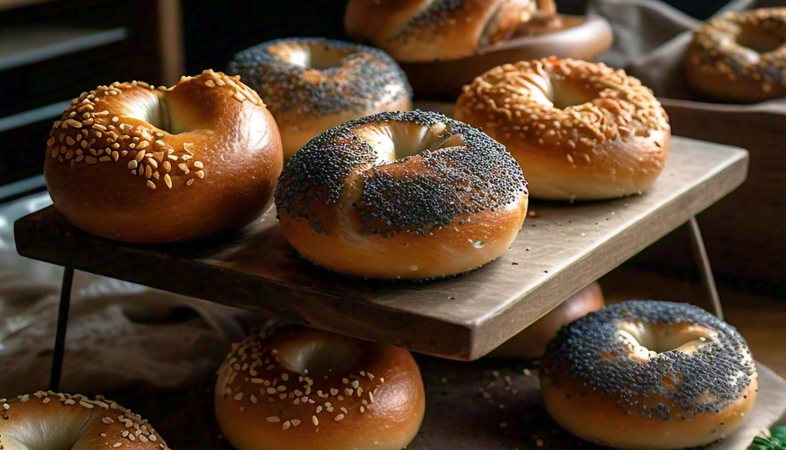
This trend celebrates not only the craftsmanship of bagel-making but also the creativity involved in flavoring and topping them.
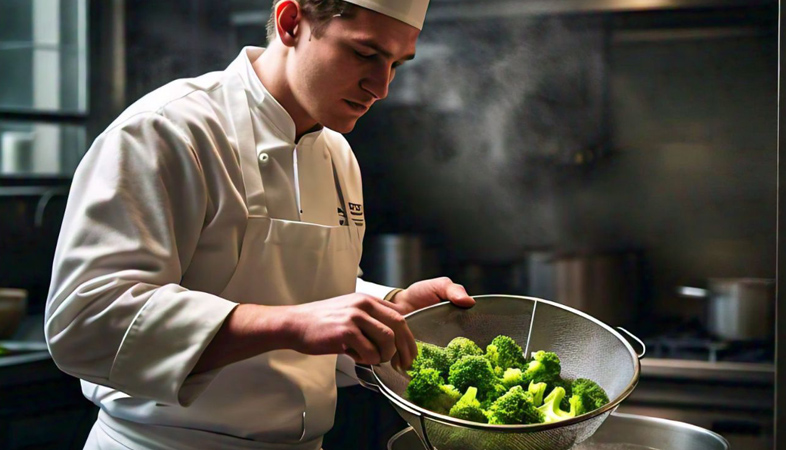
This simple yet effective cooking method involves briefly immersing food in boiling water and then plunging it into ice water to stop the cooking process.
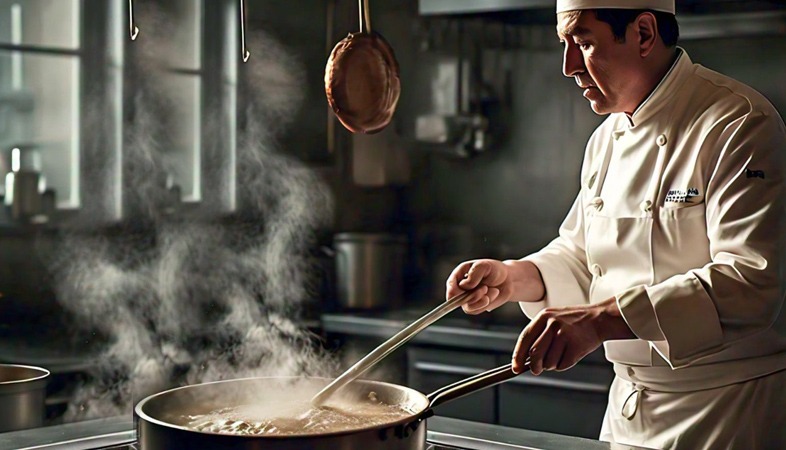
Modern culinary trends have also embraced techniques like infusion, where herbs or spices are steeped in the broth to add aroma and flavor.
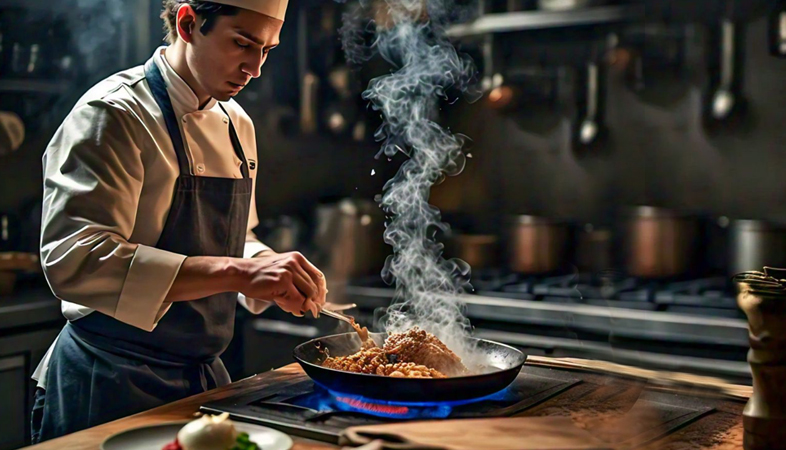
The resurgence of ash cooking is not just a nod to nostalgia; it's a celebration of flavors and a connection to our culinary heritage.
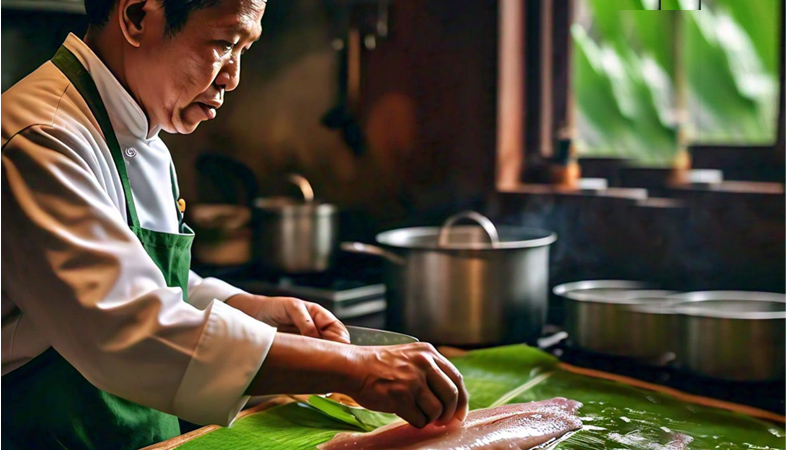
Known for its aromatic, natural, and eco-friendly qualities, it has become a staple in the Indian subcontinent.